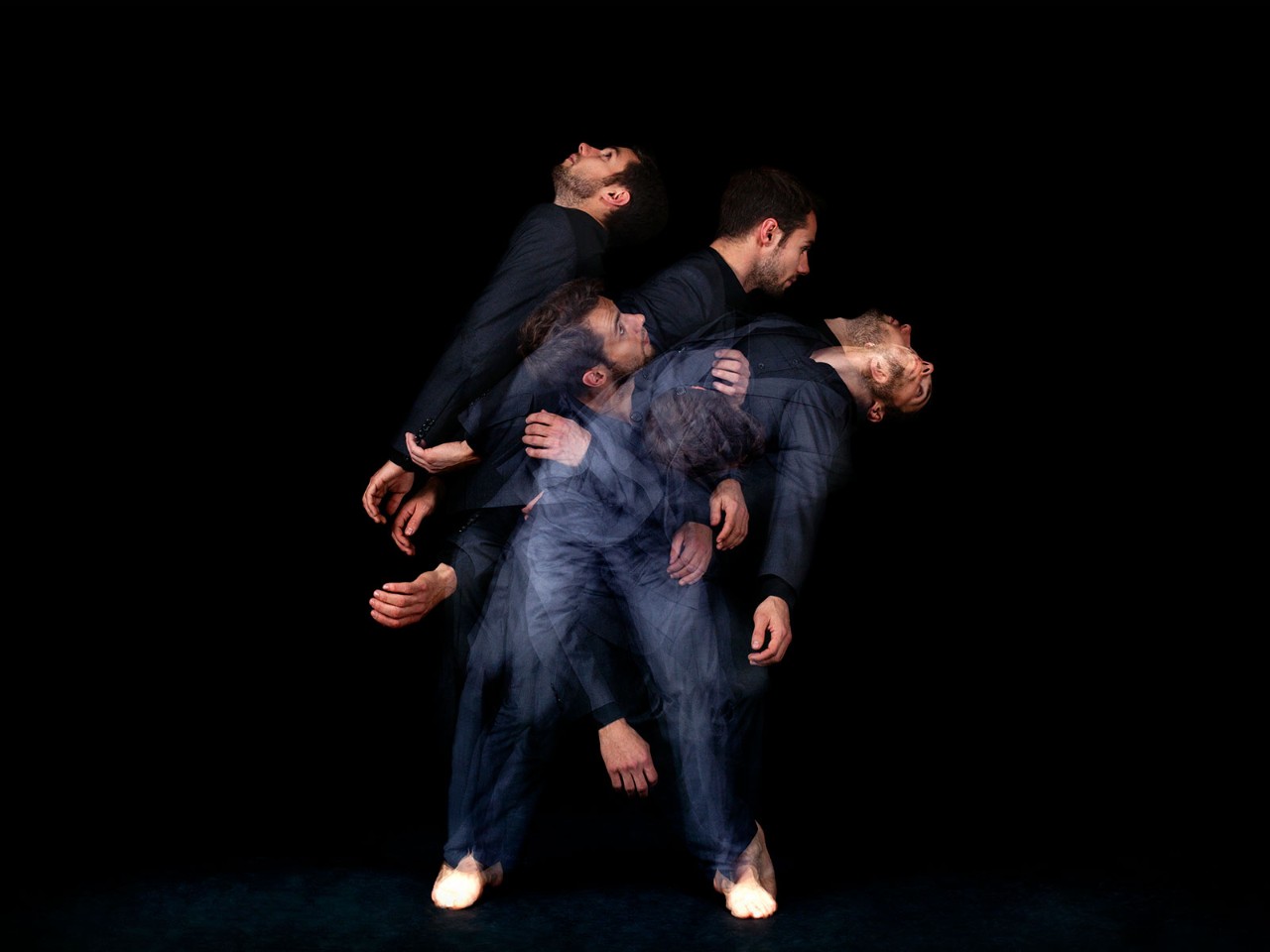
The rise of cryptocurrencies since the launch of bitcoin in 2009 has excited global attention. They all use some variant of the blockchain technology created to enable decentralised transactions between unknown parties. This technology, also called distributed ledgers, turns out to have many other applications besides cryptocurrencies, and platforms are operating in fields as diverse as banking, energy, supply chain management and – more recently and higher profile – the art world.
Fungible and non-fungible
It is possible to create a cryptocurrency on top of someone else’s ledger; such currencies are commonly called tokens. They are used by some startups to raise funds, in a process known as initial coin offerings. A startup will seek money from funders, who usually pay using digital currencies such as bitcoin or ether, or sometimes US dollars. In return, funders are given (or promised) tokens to be created by the startup.
Because they are themselves unique, non-fungible tokens can be used as digital representations of unique physical assets
The tokens may be redeemable for some services to be sold by the startup, or they may give voting or participation rights over aspects of business operation. Such tokens are normally interchangeable with each other, as are shares of the same class in a company, and are described as fungible (ie interchangeable).
An alternative approach involves tokens that are individually distinct and not interchangeable. These non-fungible tokens (NFTs) have unique identification information and/or specific annotations, which enables each NFT to be distinguished from every other token in the same project.
Because they are themselves unique, NFTs can be used as digital representations of unique physical assets – for example, works of art and collectibles, or luxury goods such as fine wine.
The benefits
NFTs have a number of benefits. First, through processes akin to financial securitisation and unitisation, tokens enable the owners of an asset to monetise its value through the sale of tokens. This is the case for fungible as well as non-fungible tokens.
Second, for NFTs linked to a physical asset, it may be possible to trace ownership and custody of the asset over time. In the fine art market, for instance, the provenance of artworks (ie who owned them from the time they were created) is important in establishing the authenticity and legal ownership of a work. This is clearly an important issue for potential buyers of an artwork, whether collectors or investors.
For digital objects, such as music and digital art, creating an NFT linked to the object may also enable the owners of the work to exert more control over duplication by others, since the NFT provides a means to authenticate ownership.
The cryptocurrency space is awash with scams, and many an NFT has been created that has no relationship with its claimed asset
As with any token, an NFT is simply computer code that resides on a distributed ledger. If the NFT represents some physical asset, then its code will usually include an encrypted digital representation of the associated physical asset. The owner of the NFT may or may not own the claimed asset or any rights to it (eg the right to reproduce it). Ownership of the NFT does not necessarily grant ownership of the physical asset or rights to reproduce it (in the case of digital assets, such as music).
Accountants’ scrutiny
For accountants and auditors, a key element in assessing any NFT is to establish what relationships exist, if any, between the NFT and the physical or digital object it claims to represent.
Does ownership of the NFT also give ownership rights to the asset? Does it give intellectual property or reproduction rights? If these various rights are established, you would expect appropriate documentation to be included in the encrypted data contained within the NFT. However, the cryptocurrency space is awash with fraud and scams, and many an NFT has been created that has no relationship with its claimed asset.
There is likely to be a great deal of work in the future for accountants in assessing and valuing NFTs, and in identifying fraudulent behaviour
And, as in the art world, money laundering is thought to be prevalent in this space. If someone has funds they wish to launder (for example, because the funds arose from criminal activity or from trading contrary to international sanctions), they may collude with a potential seller of an NFT to use the funds in the form of cryptocurrency to purchase the NFT.
Indeed, because of the pseudonymity of transactions on public blockchain platforms such as ethereum, the buyer and the seller may be same person. After the transaction, the seller can move the cryptocurrency received into a fiat currency such as US dollars, and honestly claim that the money received arose from the sale of the NFT: the funds have now been laundered.
There is likely to be a great deal of work in the future for accountants and auditors in assessing and valuing NFTs, and in identifying fraudulent behaviour and transactions.
Hammer highs
Public attention has recently been drawn to NFTs because of the high prices paid for some unique tokens.
- In March 2021, an NFT representing a digital artwork by the artist Beeple was auctioned by Christie’s for the equivalent of US$69.3m.
- NBA Top Shot is a joint venture of the US National Basketball Association and its players association to develop NFTs for videos of memorable performances. These NFTs are intended to be collectibles, in the same way as baseball cards. In February 2021, an NFT for a video clip of a famous slam-dunk by LeBron James sold for US$208,000 on the Top Shot site.
- Twitter boss Jack Dorsey’s first ever tweet was recently sold as an NFT for 1,630 ether, valued at the time at US$2.9m.





